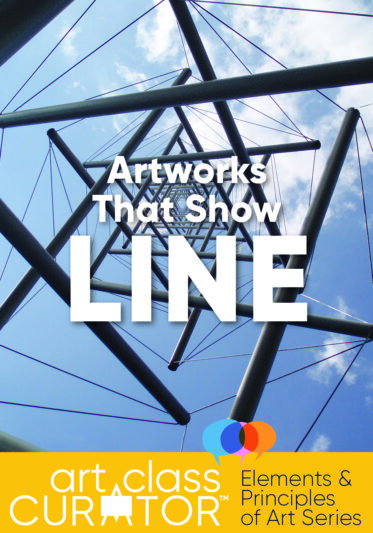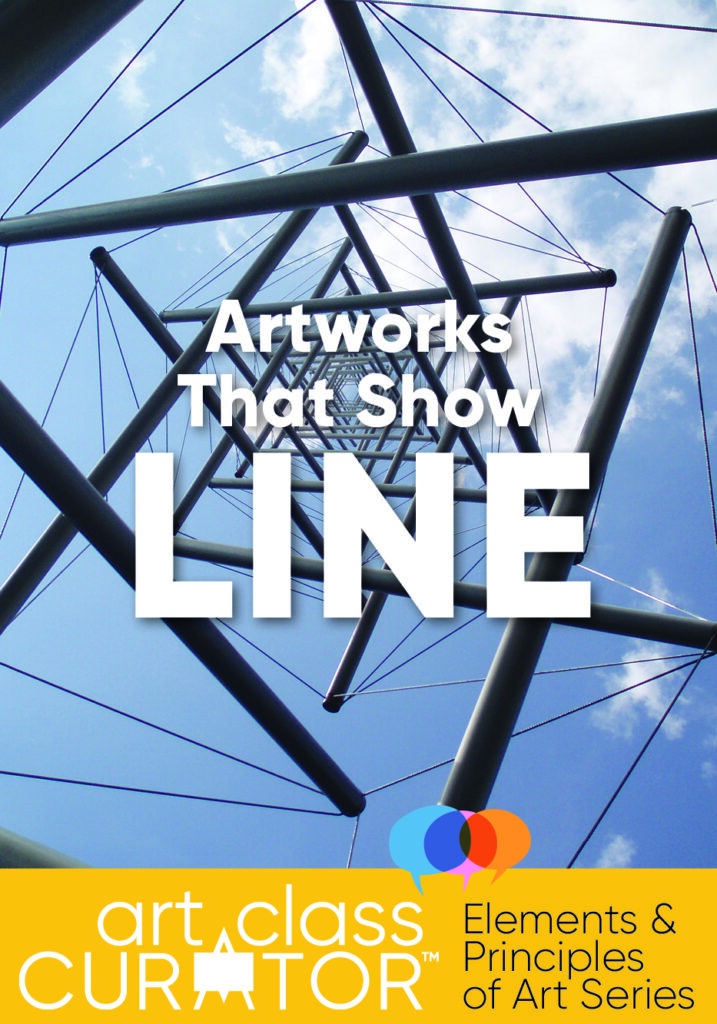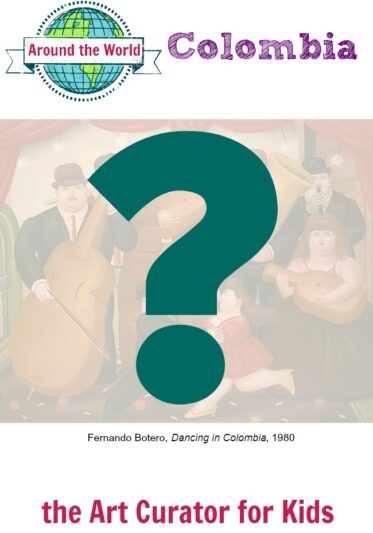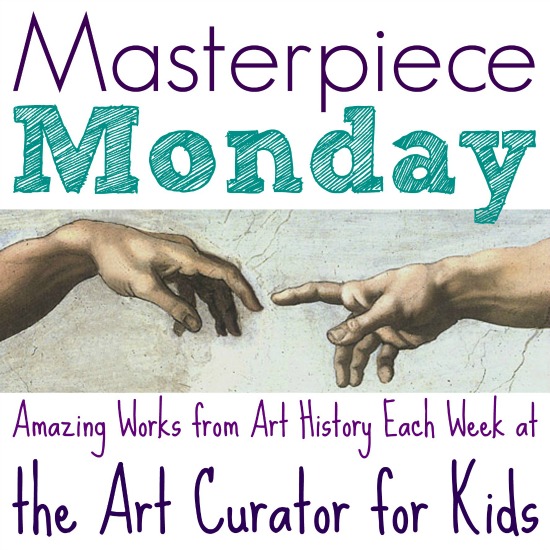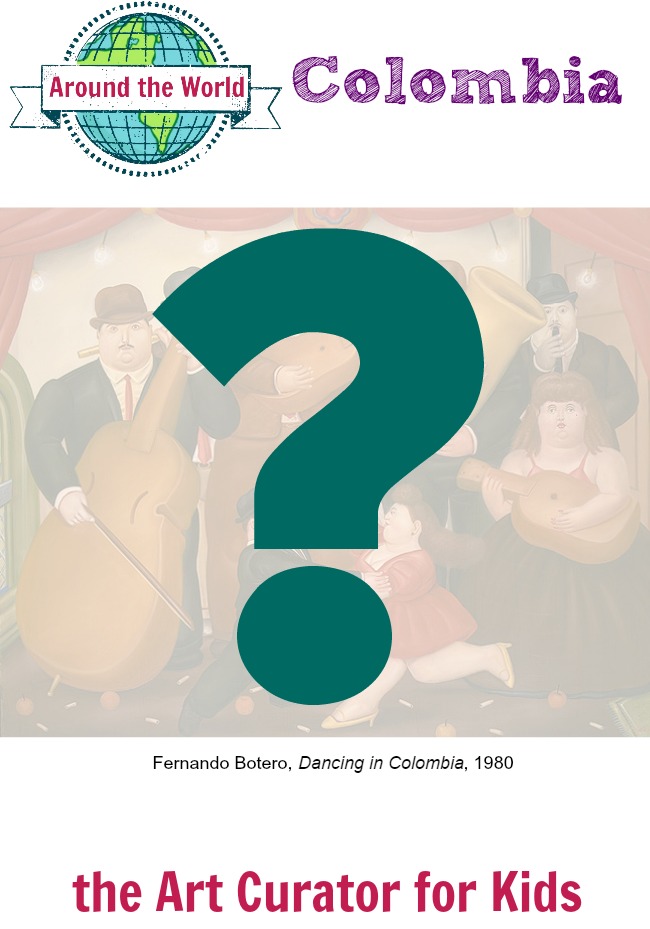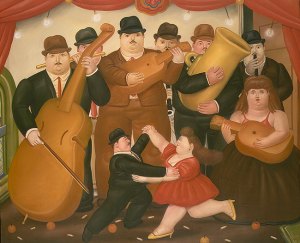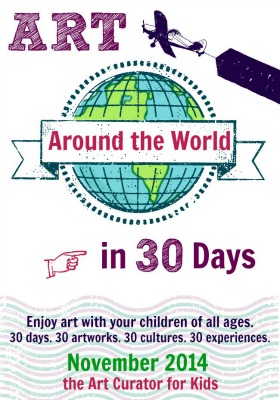Inside: This is ultimate list of example artworks that show the different types of line in art for your elements and principles of art lessons. The list of types of line in art includes implied lines, diagonal lines, gesture lines, outlines, contour lines, expressive lines, and more!
I don’t know about you, but I often find myself needing to teach a lesson on one of the elements and principles of art, but it takes a bit of digging to find good examples of art that teach that particular element. To help those in that situation, I have created an elements and principles series that includes lists of example artworks you can use in your elements and principles of art lessons.
To start, I am going to focus on example artworks that use the different types of line in art.
I will add to this list of the types of line in art when I find more, so this is a good one to pin or bookmark! The horizontal picture collages do not have all the pictures from the categories, FYI.
Download the Free Elements and Principles Printable Pack
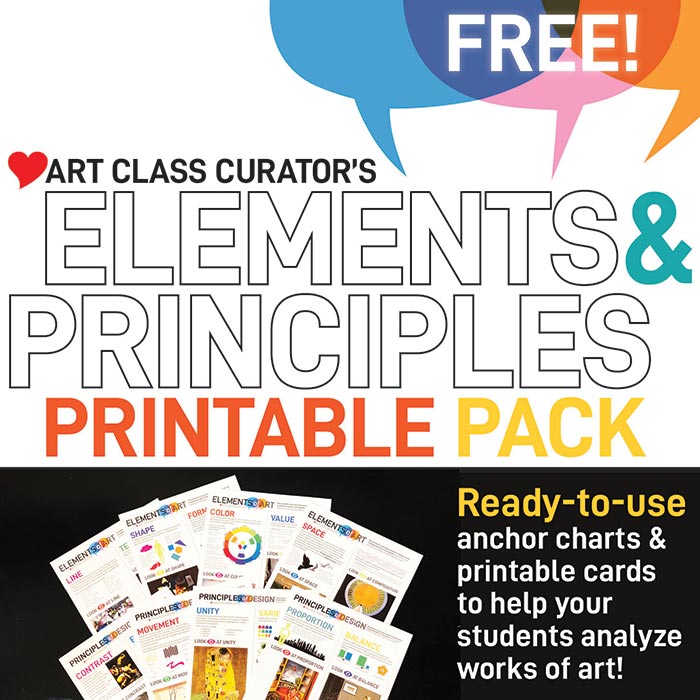
This pack of printables was designed to work in a variety of ways in your classroom when teaching the elements and principles of art. You can print and hang in your classroom as posters/anchor charts or you can cut each element and principle of art in its own individual card to use as a lesson manipulative.
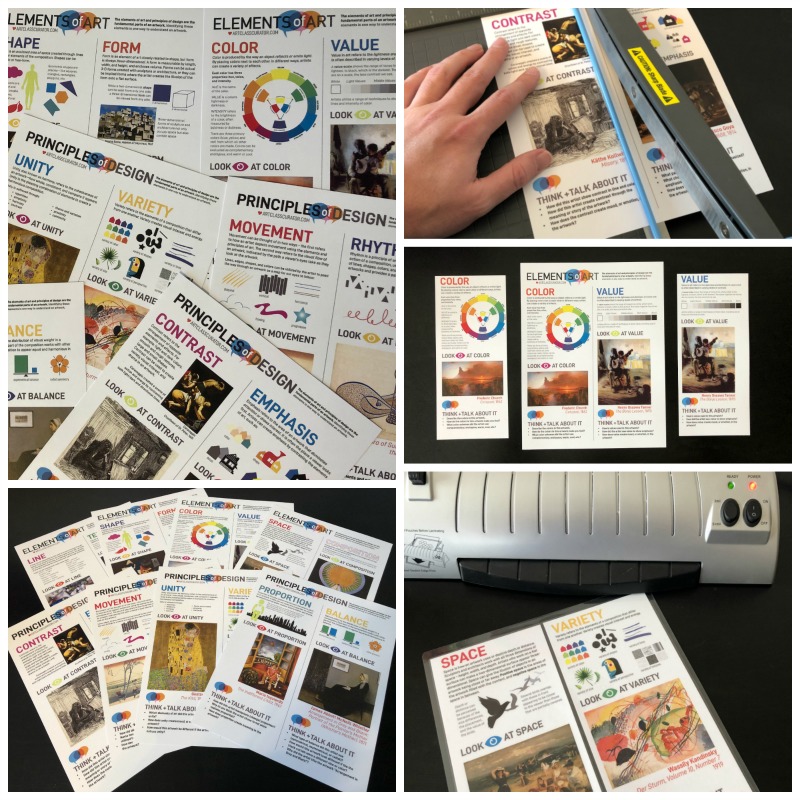
Examples of Types of Line in Art
Artworks that Show Line, General
- Richard Long, A Line Made by Walking, 1967
- Richard Long, Cornish Slate Line, 1990
- Frank Stella, Jarama II, 1982
- Roy Lichtenstein, Brushstroke, 1965
- Charles Sheeler, Classic Landscape, 1931
- Joan Miró, The Farm, 1921–1922
- Rembrandt van Rijn, Two Studies Of A Bird Of Paradise, 1630
- John Singer Sargent, El Jaleo, 1882
 Horizontal and Vertical Lines in Art
Horizontal and Vertical Lines in Art
- Stonehenge, ca. 2600-2000 B.C.E.
- Ancient Greece, The Parthenon, 447-438 B.C.E.
- Frank Lloyd Wright, Fallingwater, 1936-7
- Piet Mondrian, Composition in Red, Blue, and Yellow, 1937-42
- Byzantine, Justinian and his Attendants, Basilica di San Vitale, 547 C.E
 Diagonal Lines in Artworks
Diagonal Lines in Artworks
- Edgar Degas, Blue Dancers, c. 1899
- Gustave Caillebotte, Le Pont de L’Europe, 1881-1882
- Artemisia Gentileschi, Judith Slaying Holofernes, 1614–20
- Franz Marc, Fate of the Animals, 1913
- Michelangelo Merisi da Caravaggio, The Crucifixion of Saint Peter, 1600-1601
- Francisco Goya, The Forge, c. 1817
- Rembrandt van Rijn, Militia Company of District II under the Command of Captain Frans Banninck Cocq, known as the ‘Night Watch’, 1642
 Contour Lines and/or Outlines
Contour Lines and/or Outlines
- Leonardo da Vinci, Self-Portrait, c. 1512
- Paul Signac, Still Life with Pitcher, 1919
- Carl Krull, Olmec Drawings and Scroll Drawings
- Yoruba artist, Shrine Head, 12th-14th century
- Andy Warhol, Red Lenin, 1987
- Amedeo Modigliani, Jacques and Berthe Lipchitz, 1916
Gesture Lines, Lines that Show Movement
- Jean-Honoré Fragonard, The Swing, 1767
- Utagawa Hiroshige, The Whirlpools of Awa: Naruto Rapids, ca. 1853
- Giacomo Balla, Dynamism of a Dog on a Leash (Leash in Motion), 1912
- Natalia Goncharova, The Cyclist, 1913
- Henri Matisse, Dance (I), 1909
- Marino Marini, Miracle (Miracolo), 1952
- Jacob Lawrence, Harriet Tubman Series, No. 4, 1939-40
- Keith Haring, Untitled, 1985
Lines that Help Guide The Viewer’s Eye through the Picture and/or Implied Lines
- Marc Chagall, I and the Village, 1911
- Georges de La Tour, The Cheat with the Ace of Clubs, late 1620s
- Frederic Remington, Dash for the Timber, 1889
- Suzanne Caporael, Seeing Things: Rain, 1990
- Fernando Botero, The Musicians, 1991
- Grant Wood, Parson Weems’ Fable, 1939
Lines that Show Feeling/Emotion, Expressive Lines
- Vincent van Gogh, The Starry Night, 1889
- Mark Di Suvero, Are Years What? (for Marianne Moore), 1967
- Jean-Michel Basquiat, Untitled, 1984
- Egon Schiele, Portrait of Paris von Gütersloh, 1918
- Odilon Redon, Death: “My irony surpasses all others!”, 1889
- Jackson Pollock, Lavender Mist No. 1, 1950
 Repetition of Line, Pattern Using Line, Decorative Line
Repetition of Line, Pattern Using Line, Decorative Line
- Henri Matisse, Purple Robe and Anemones, 1937
- Berenice Abbott, El, Second and Third Avenue Lines from the portfolio Retrospective, 1982
- Aubrey Beardsley, The Peacock Skirt, 1893
- Albrecht Dürer, The Rhinoceros, 1515
- Benin, Memorial head, 1550-1650
- Richard Anuszkiewicz, Deep Magenta Square, 1978
 Lines in Architecture
Lines in Architecture
- Frank Lloyd Wright, Solomon R. Guggenheim Museum, NYC
- Frank O. Gehry, Guggenheim Museum, Bilbao, Spain
- Stonehenge, ca. 2600-2000 B.C.E.
- Ancient Greece, The Parthenon, 447-438 B.C.E.
- Frank Lloyd Wright, Fallingwater, 1936-1937
Lines in Sculpture
- Kenneth Snelson, Needle Tower, 1968
- Songye, Mask (kifwebe), 19th century AD
- Mark Di Suvero, Are Years What? (for Marianne Moore), 1967
- Benin, Memorial head, 1550-1650
- Yoruba artist, Shrine Head, 12th-14th century
- Marino Marini, Miracle (Miracolo), 1952
Lines that Show Texture and/or Shading
- Vincent van Gogh, Garden of Flowers, 1888
- Rembrandt Van Rijn, The Three Crosses, 1653
- Käthe Kollwitz, Self Portrait, 1921
Lines that Show Space and/or Linear Perspective
- Gustave Caillebotte, The Floor Scrapers, 1875
- Leonardo da Vinci, Last Supper, 1498
- Pietro Perugino, Christ Giving the Keys to St. Peter, 1481–1482
- Dorothea Lange, The Road West, 1938
Lines the Show Emphasis
- Grant Wood, Parson Weems’ Fable, 1939
- Francisco Goya, Third of May, 1808
- Jonathan Borofsky, Walking to the Sky, 2004
- Leonardo da Vinci, The Last Supper, 1494-99
- Richard Anuszkiewicz, Deep Magenta Square, 1978
- Rembrandt van Rijn, Militia Company of District II under the Command of Captain Frans Banninck Cocq, known as the ‘Night Watch’, 1642
- See more artworks that show emphasis.

Elements and Principles Teaching Bundle
This extraordinary bundle includes the best resources for teaching each of the elements and principles—37 worksheets/handouts, 15 lessons (with accompanying PowerPoints and Handouts), 3 ready-to-go art analysis activities, 3 art analysis videos, and 13 elements and principle PDF articles.
There you have it! The best types of line in art examples for your elements and principles of art lessons. Want more elements and principles of art teacher resources? Check out the below posts.
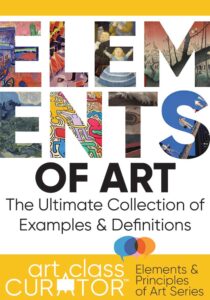

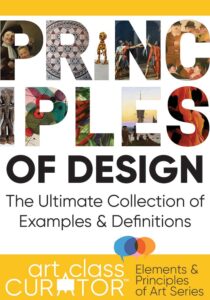
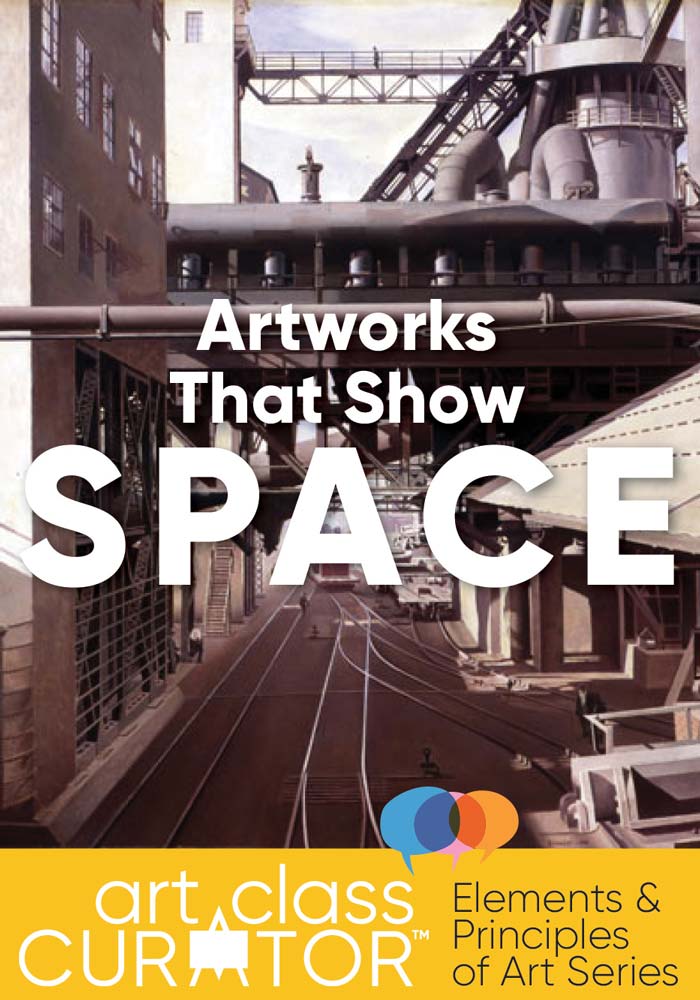
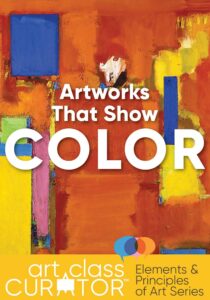
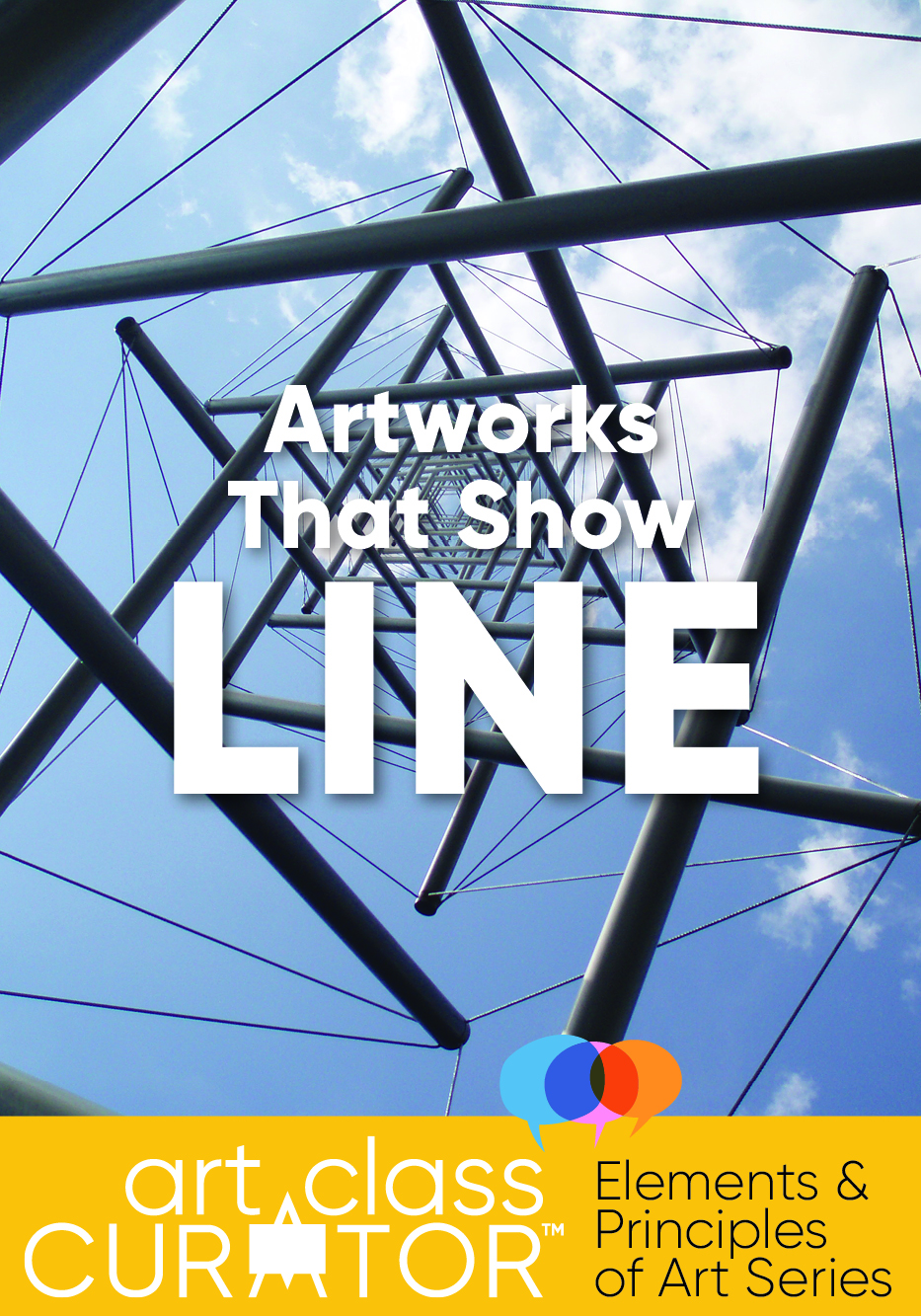
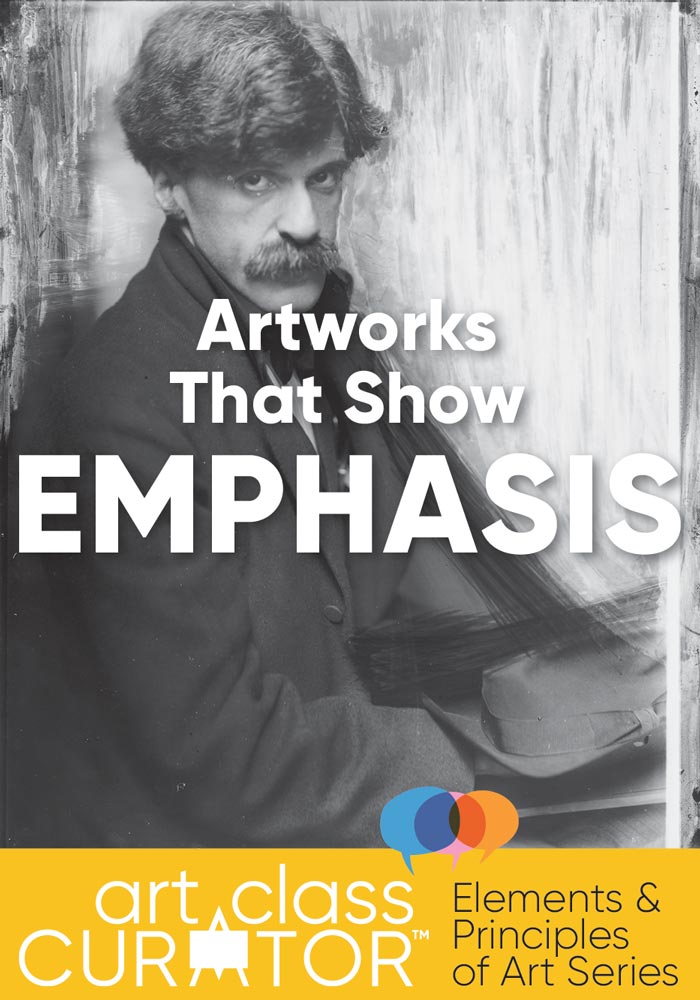
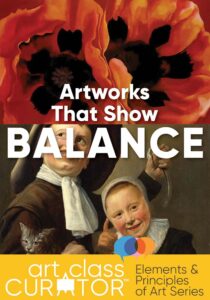
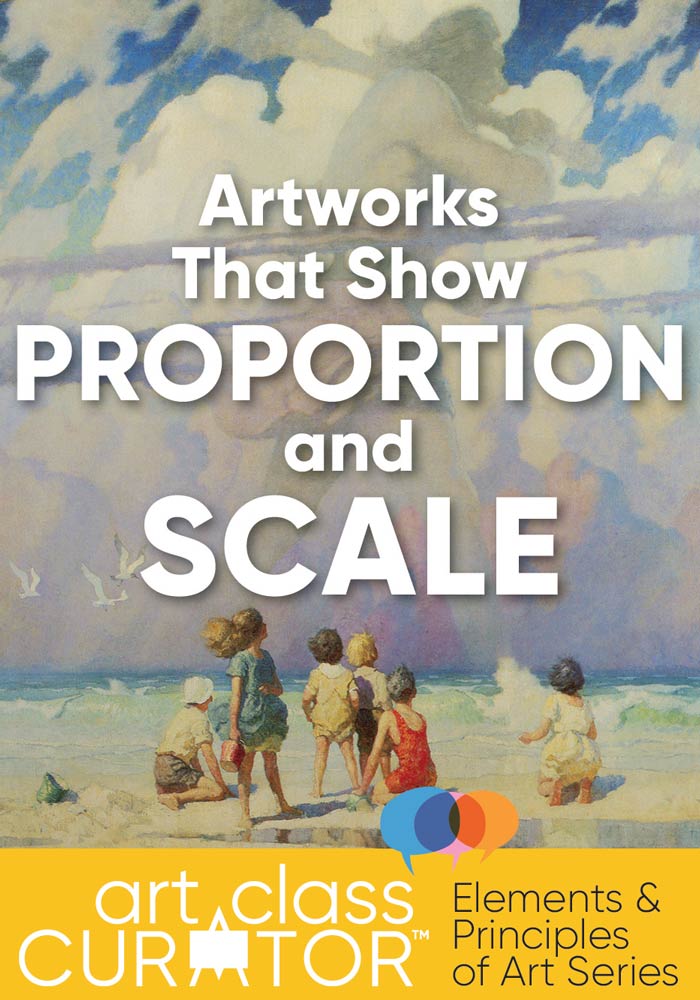
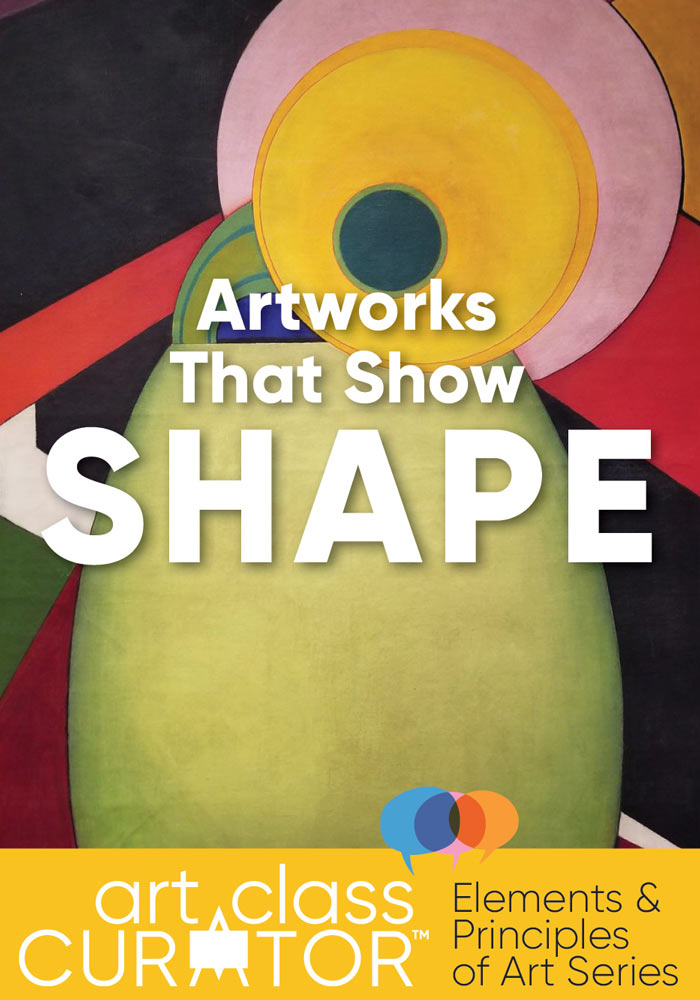
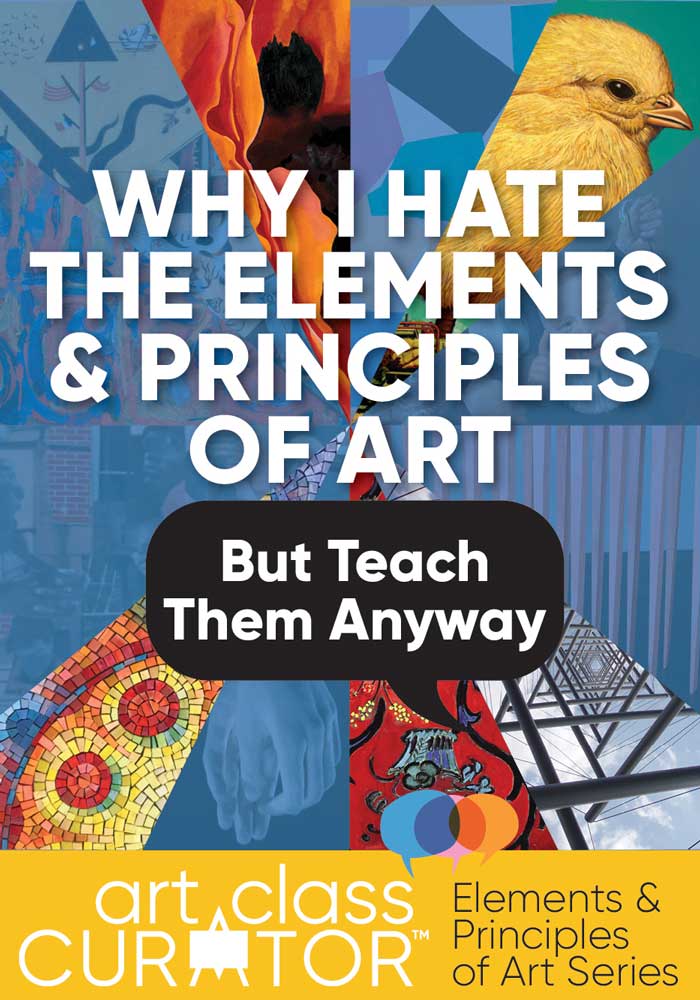
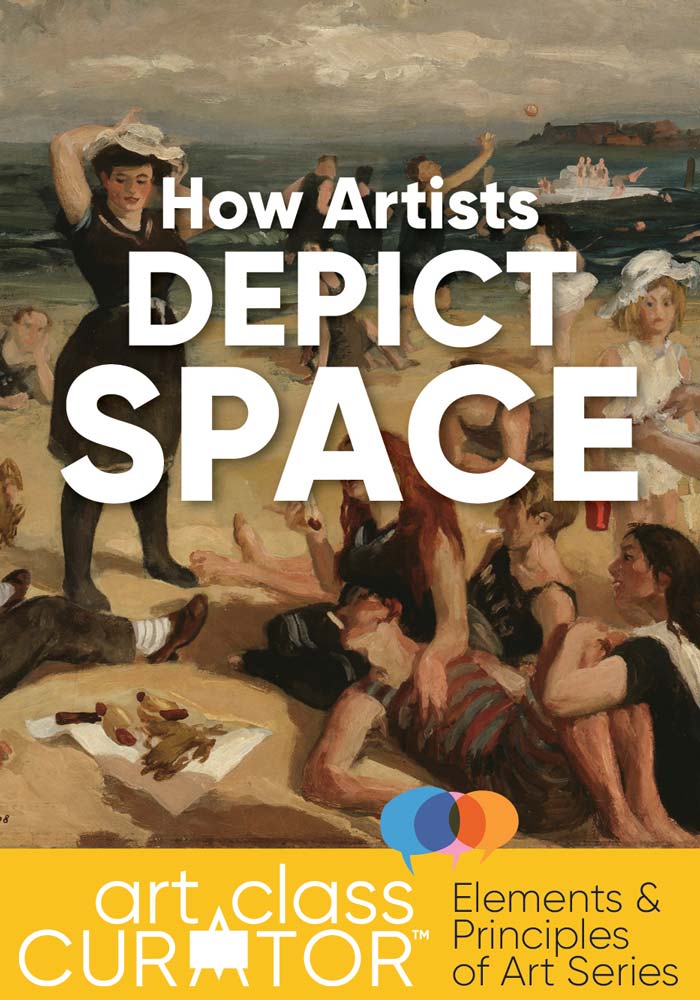
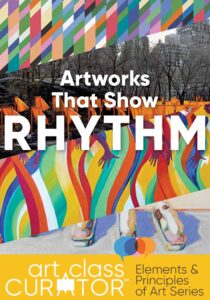
Photo Credits:
- Stonehenge,
- Parthenon,
- Laocoön and His Sons, LivioAndronico
- Needle Tower, Onderwijsgek

